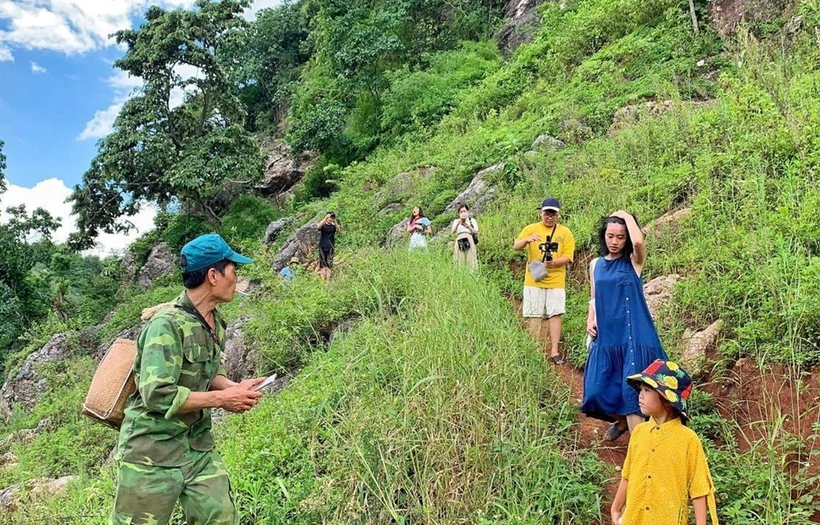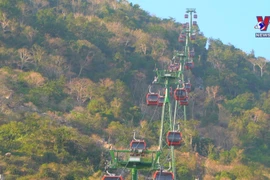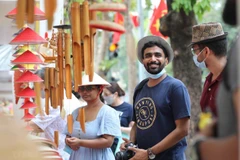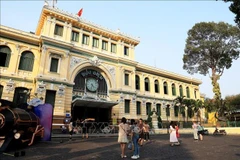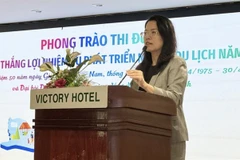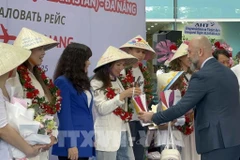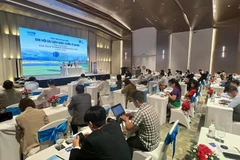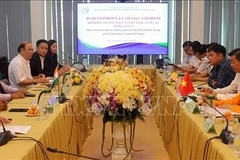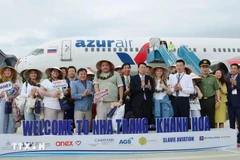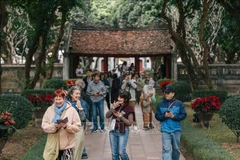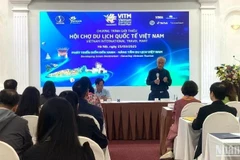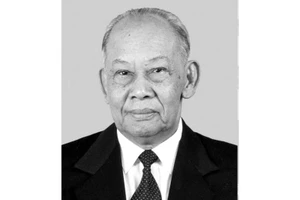Hanoi (VNA) – Staff shortages have plagued Vietnam’s tourism industry after the country reopened the borders to international tourists in March of 2022 following a two-year hiatus due to COVID-19.
Vietnam’s tourism industry faces formidable challenges as a result of the prolonged lockdowns. Figures from the Ministry of Culture, Sports and Tourism show that two years ago in March of 2020, tourism businesses had to cut their staff by 70-80 percent. In 2021, the number of employees who still worked full-time only accounted for 25 percent of that in 2020. The number of employees who quit jobs or terminated labour contracts made up about 30 percent, while those temporarily laid off were about 35 percent. About 10 percent of staff were called in from time to time.
Unprecedented crisis
According to the World Travel and Tourism Council (WTTC), more than 62 million jobs were lost in the travel and tourism sector as the pandemic wreaked havoc on professional and personal travel schedules across the globe.
Since the human resources crisis was anticipated, experts recommended that each nation stay ahead of the curve and prepare new staff accordingly.
The smokeless industry in Vietnam reported record growth in January 2020, followed immediately by the lockdowns and the resulting recession due to COVID-19. In ceasing operations, many travel firms had to downsize, with some laid off and some furloughed.
Staff, meanwhile, had to address the reality of finding other jobs to earn a living.
“Many tourism workers changed jobs, and now they are either unable or unmotivated to return to the industry. With many vacancies unfilled, the tourism sector faces huge pressure to retrain and restaff”, said Chairman of the Vietnam Tourism Association Vu The Binh.
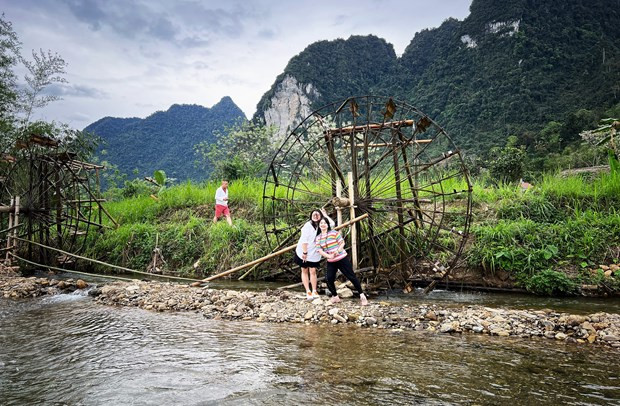 Vietnam’s tourism is recovering after two years being hammered by the coronavirus. (Photo: VietnamPlus)
Vietnam’s tourism is recovering after two years being hammered by the coronavirus. (Photo: VietnamPlus)
At a recent conference on tourism human resources recovery amidst the new normal, Deputy General Director of the Vietnam National Administration of Tourism (VNAT) Pham Van Thuy stressed the significance of training inexperienced workers.
Only staff at hotels received good training, while those at homestay or small lodging facilities are untrained, he said. Measures should be sketched out to ensure sufficient training for this group of workers.
Key to human resources problem
Experts believed that sound policies and mechanisms should be put in place to bring back skilled tourism workers as well as train newbies to meet the increasing demand.
Deputy Head of the Hotel Department of the VNAT Nguyen Thanh Binh, stressed the need to examine human resources to figure out weak points and the lack of skills in each unit.
“We also need to research market demands and forecast the sector's development to calculate demand for training at institutions, workplaces, and new staff plans,” she said.
Binh also said enterprises should have favourable policies to recruit previous workers.
“Enterprises should have salary policies that increase according to work experience to encourage staff to learn and practice for higher quality standards,” she said.
For the long-term, Binh expects better job direction for parents and students before entering school.
“We should enhance the quality of students who graduate from vocational institutions,” she said. “We should be more flexible in policies to permit students to learn higher skills and change to other fields, especially foreign languages.”
According to Vu The Binh, urgent solutions to the human resources issue include reviewing Government support policies and to issue short-term financial support packages for travel firms and tourist destinations.
“It is necessary to set up a network of tourism workers in localities, helping ensure sufficient workforce for both international and domestic tourism activities”, he added.
Actually, recruitment was carried out before Vietnam fully opened its skies. However, human resources is typically a thorny issue for most tourism enterprises./.
